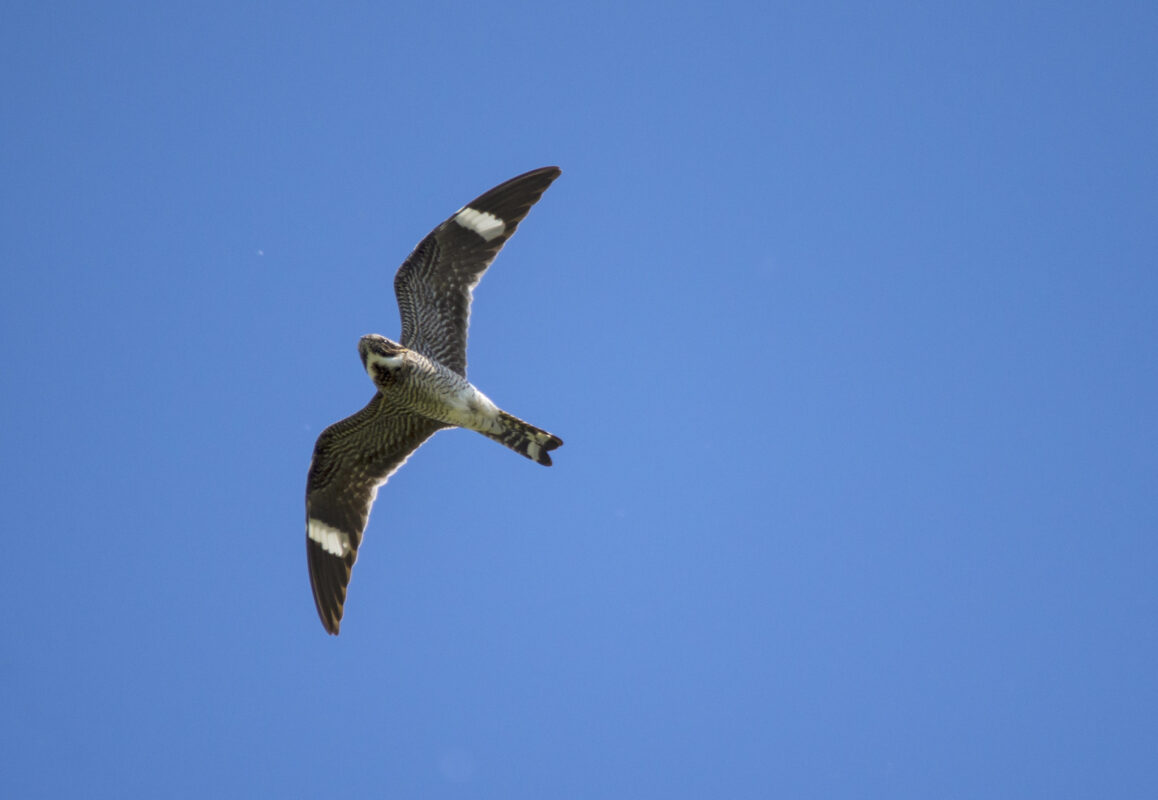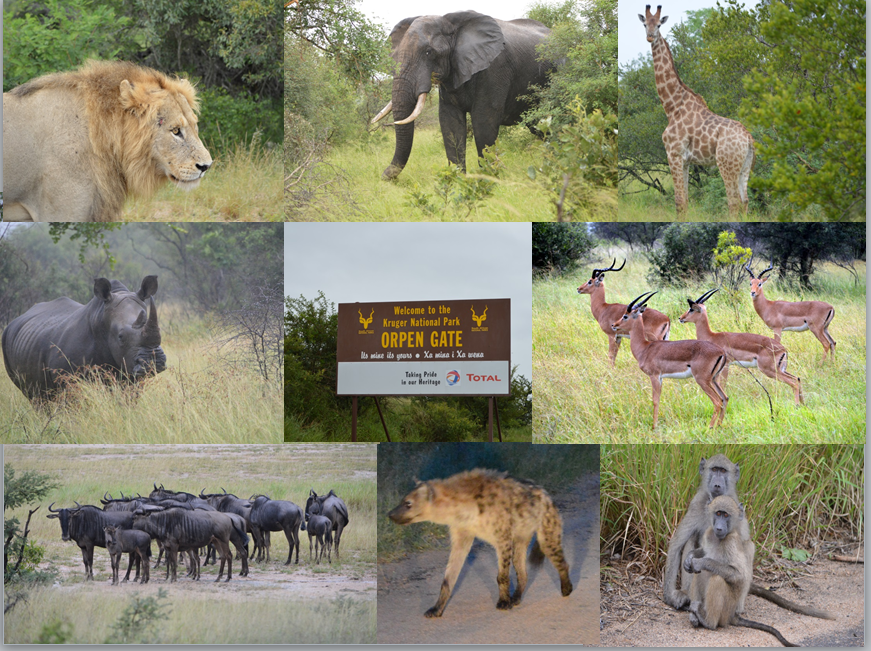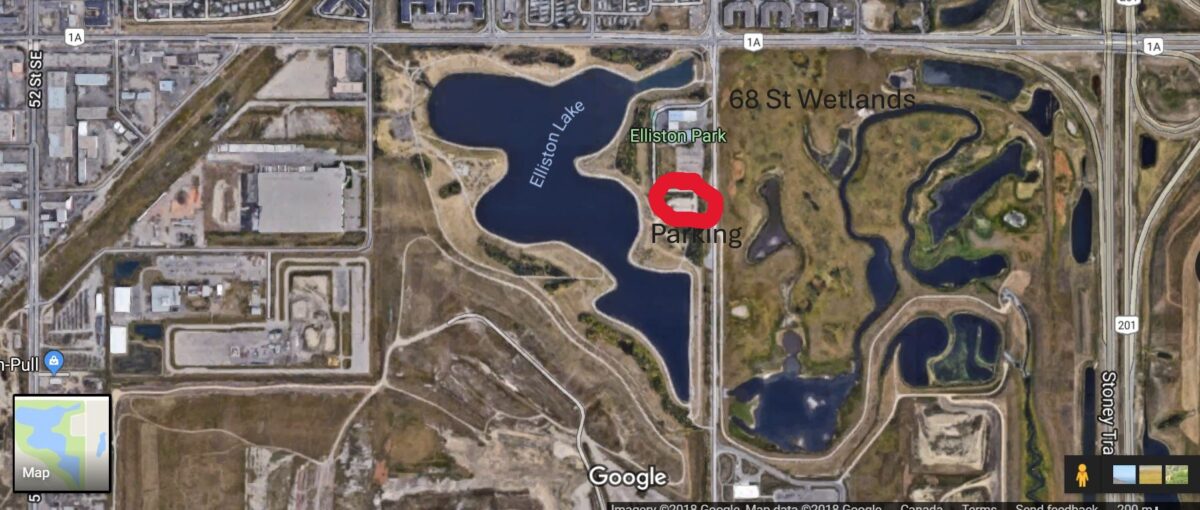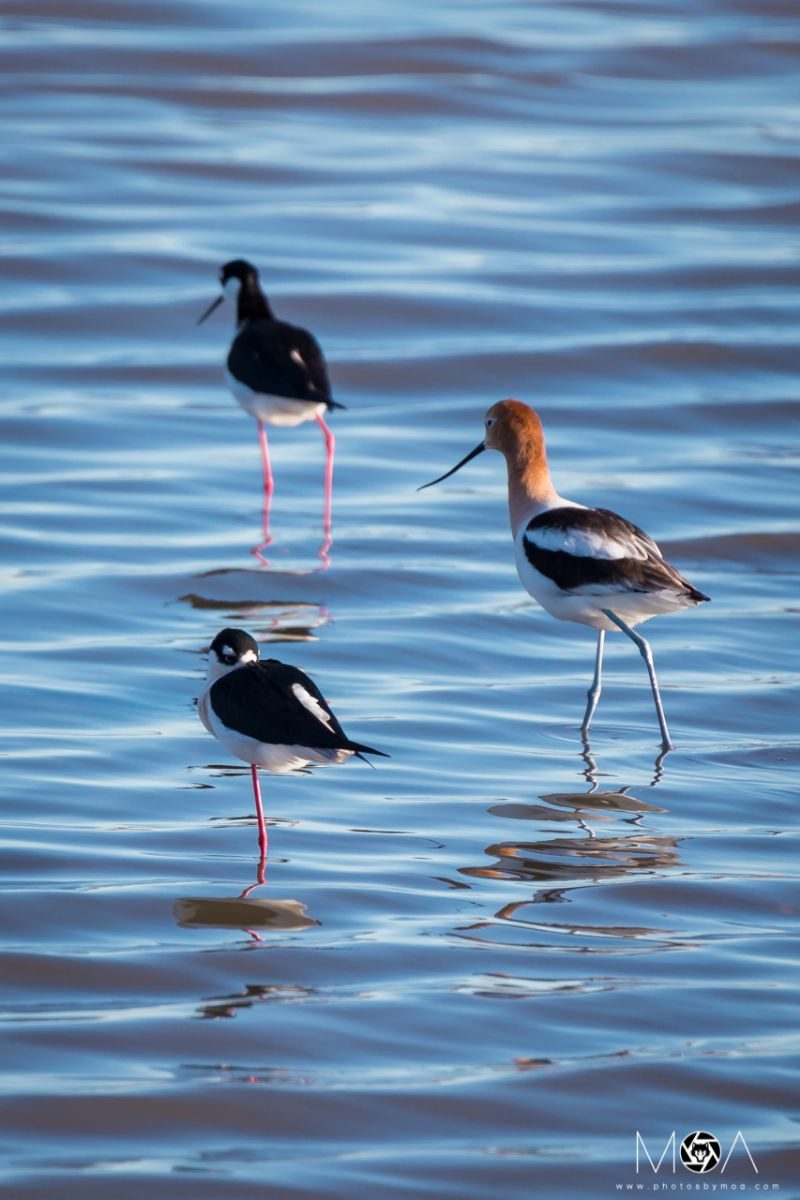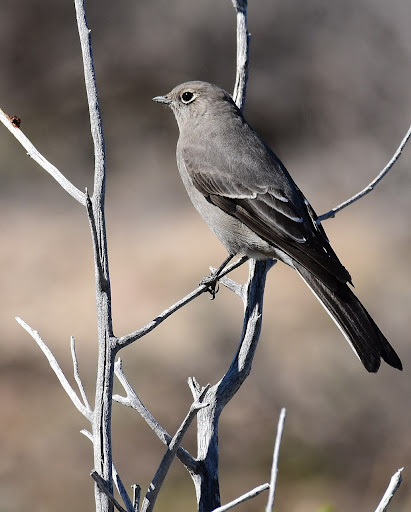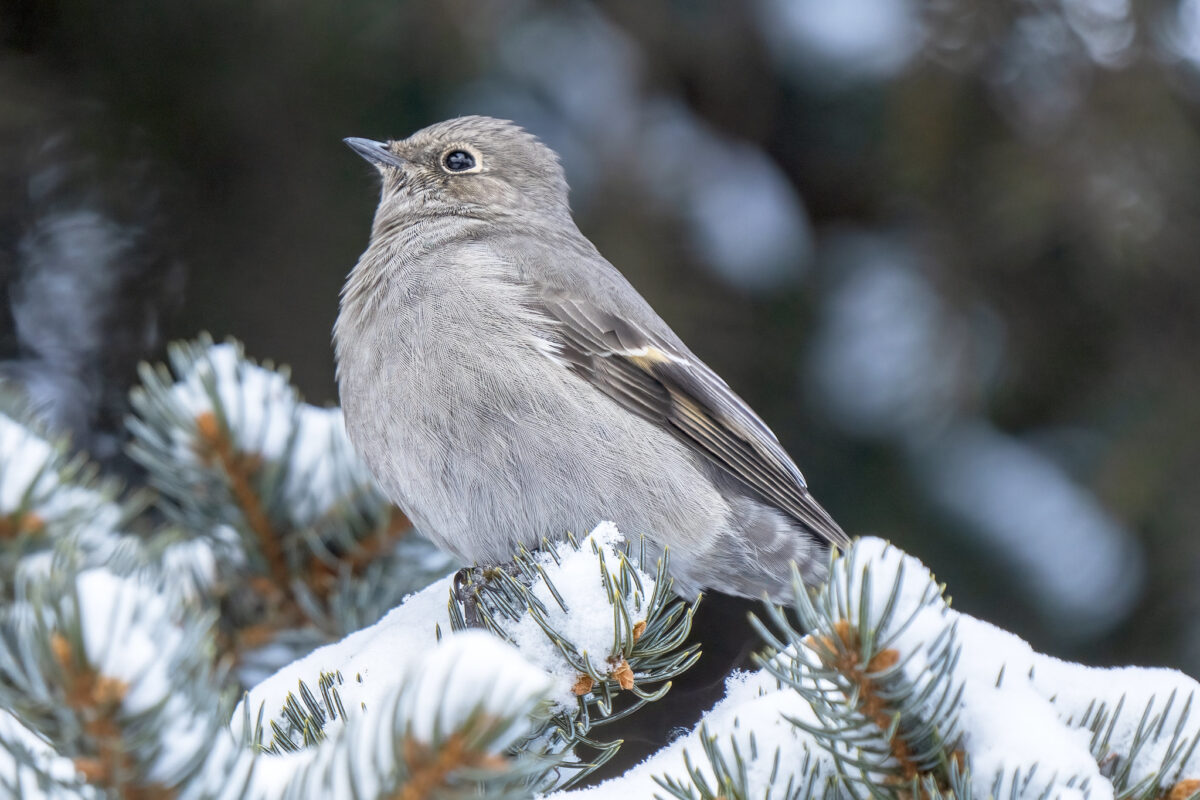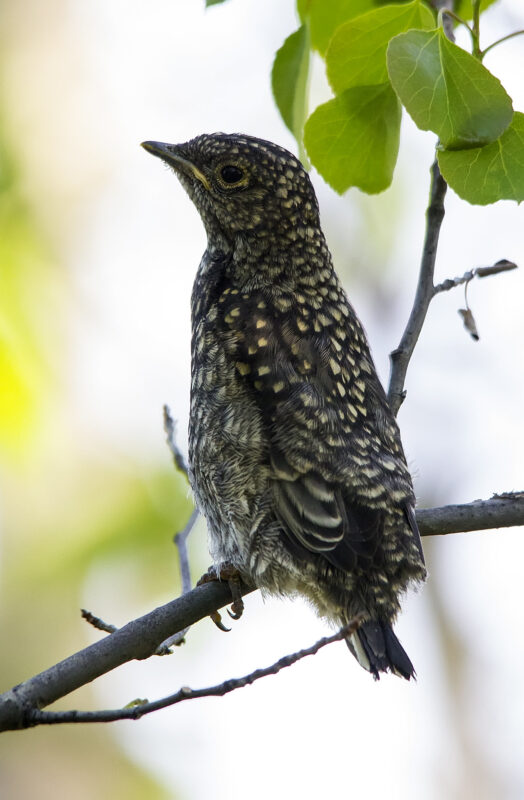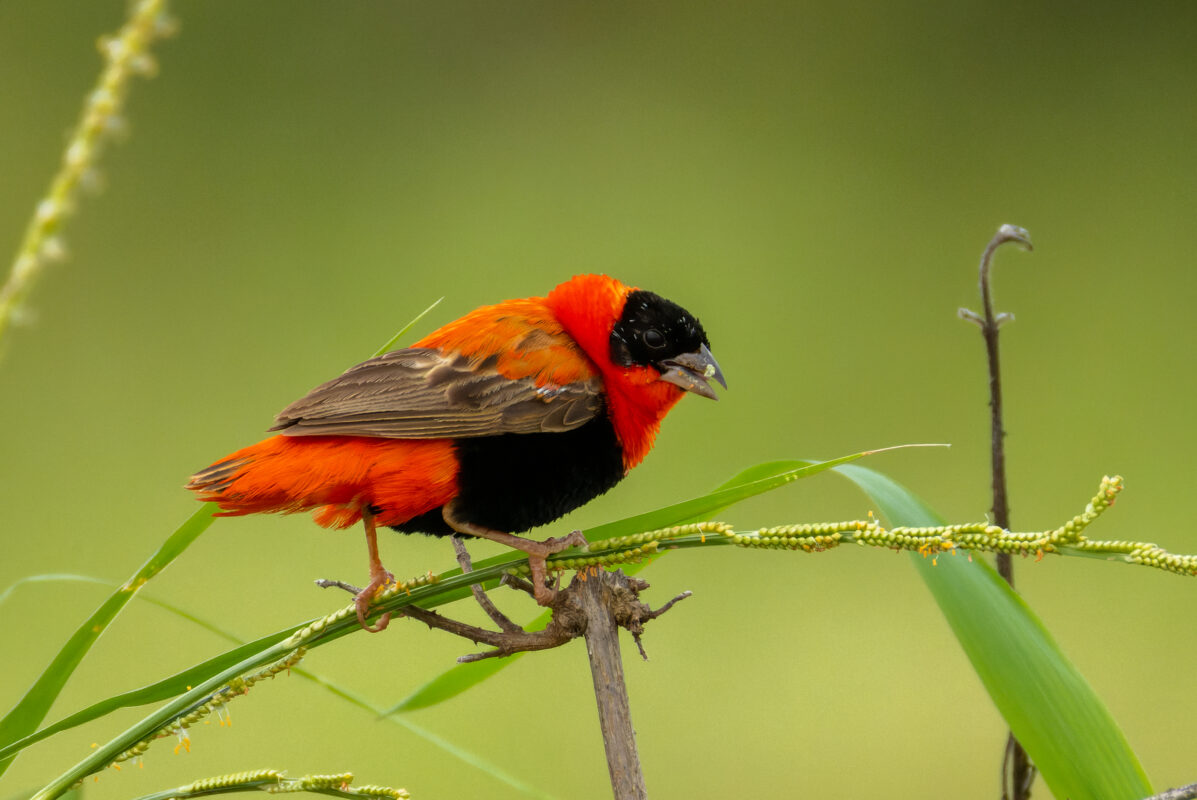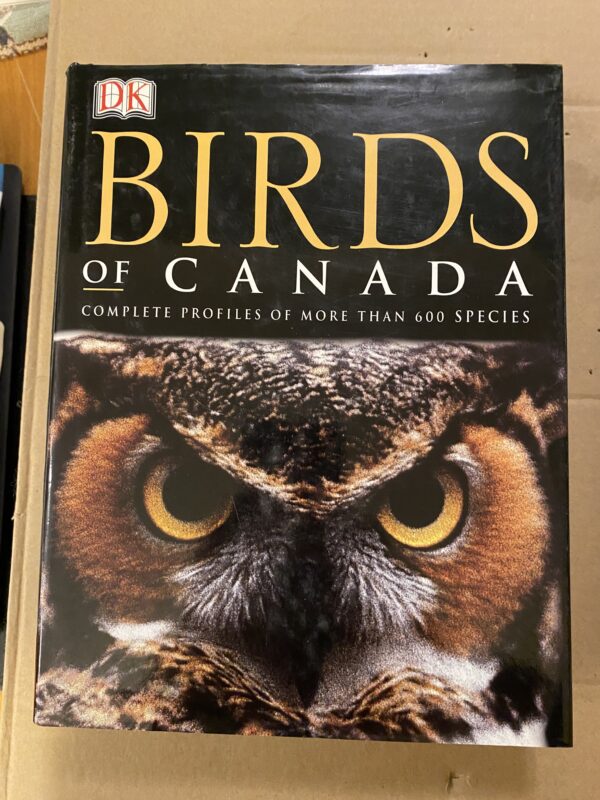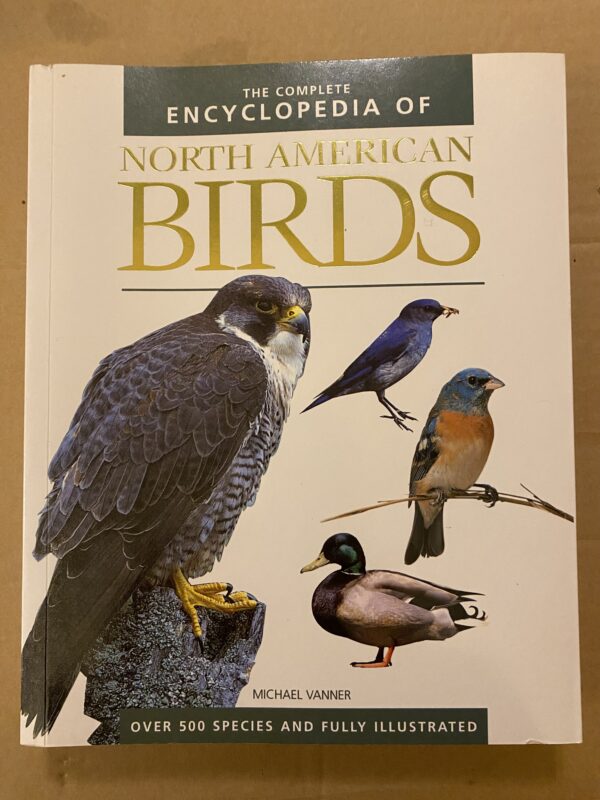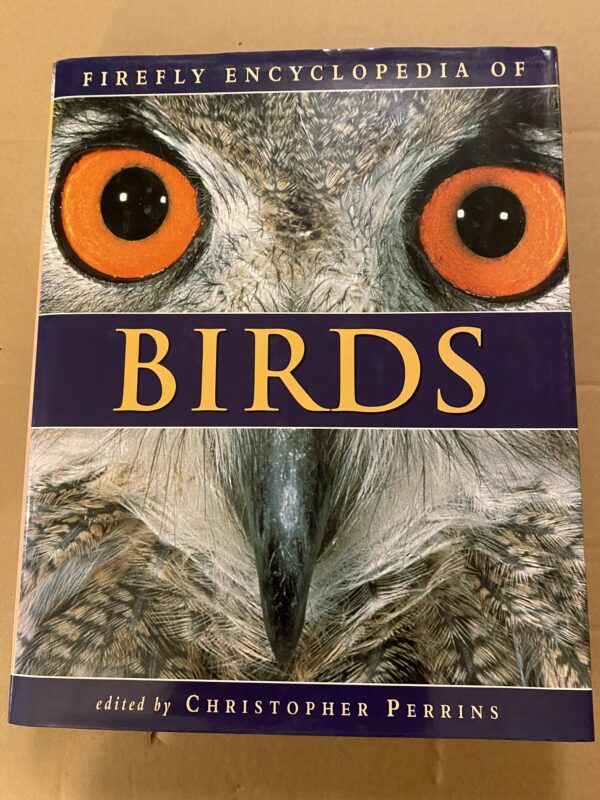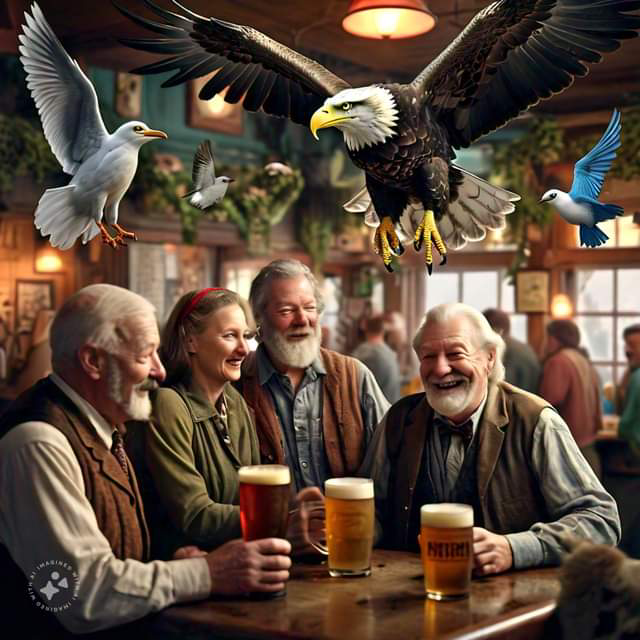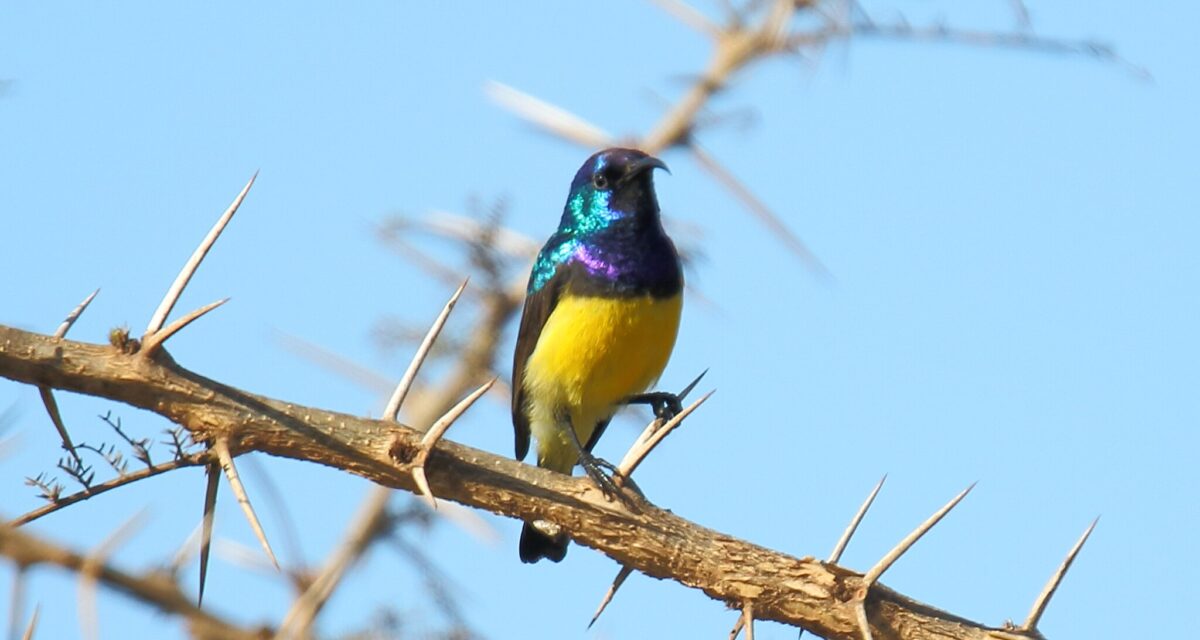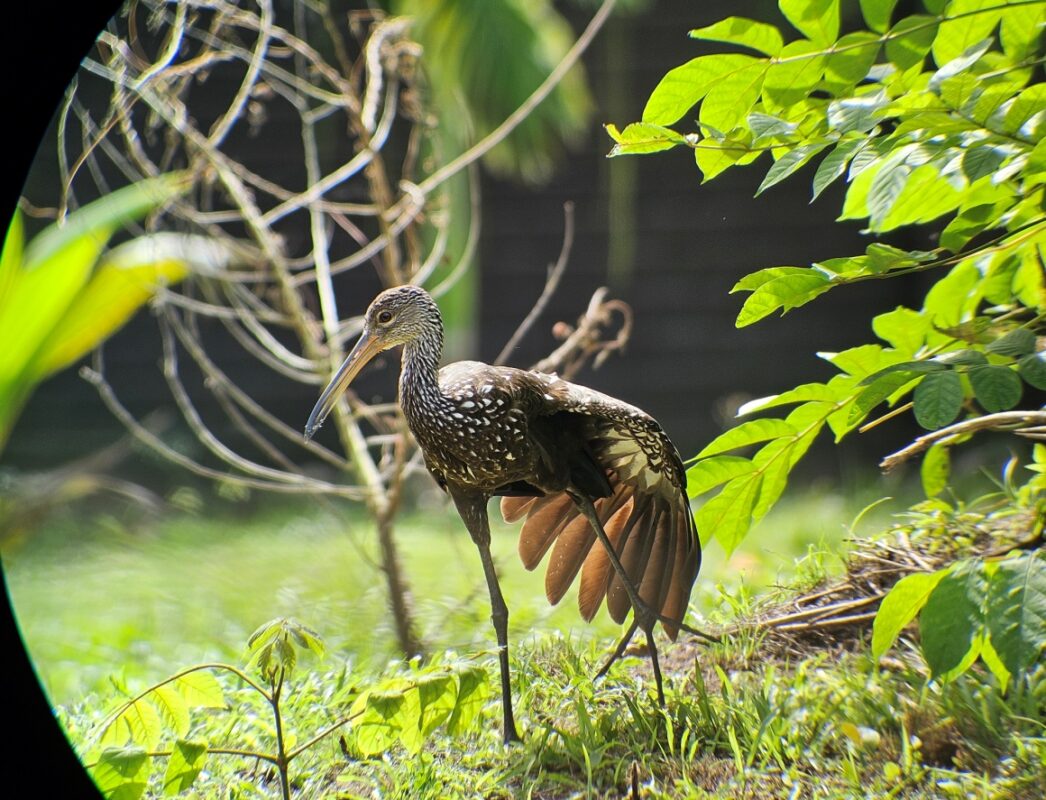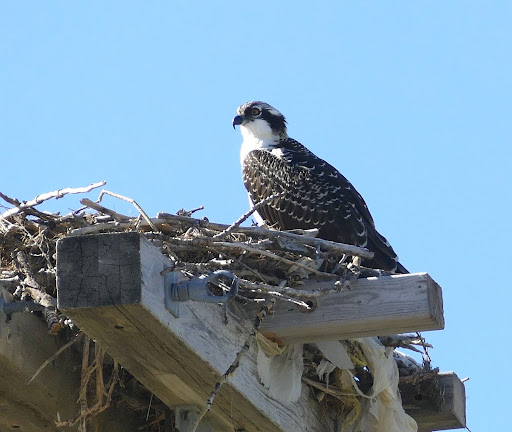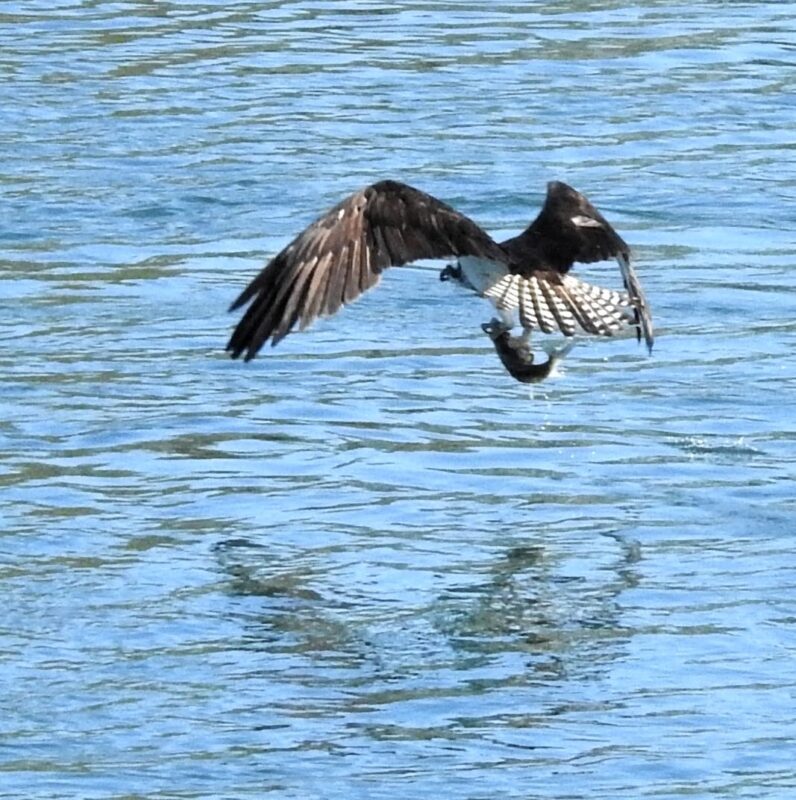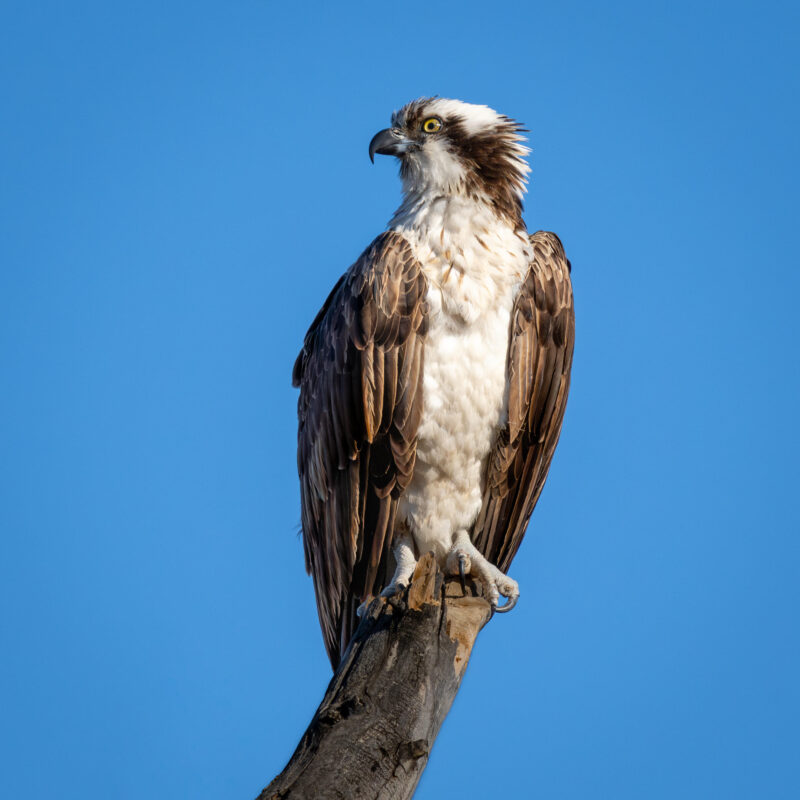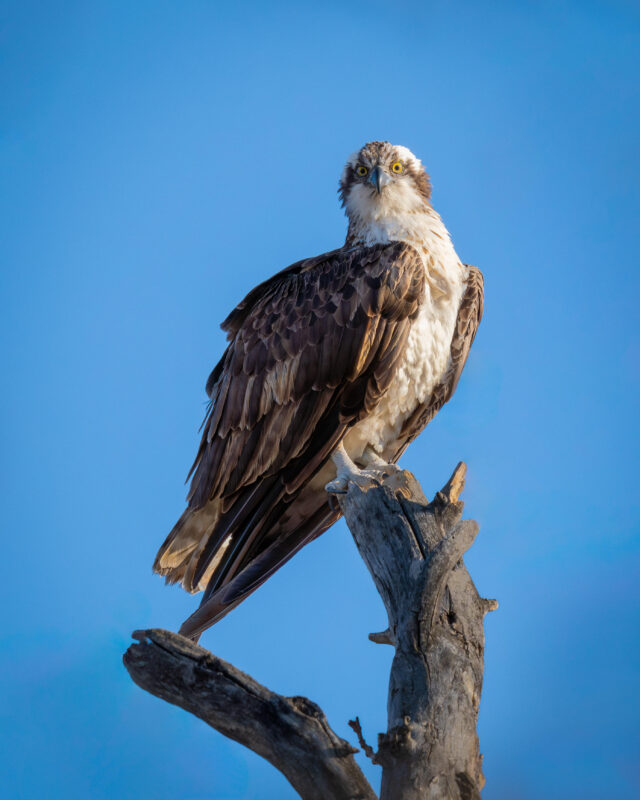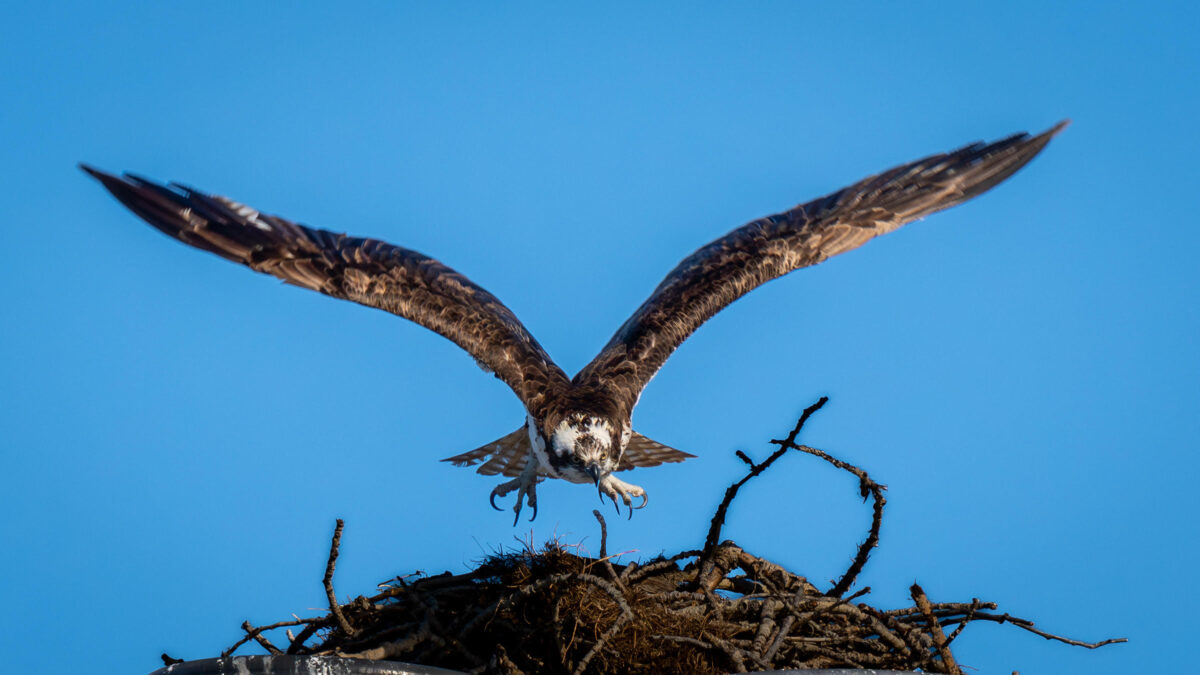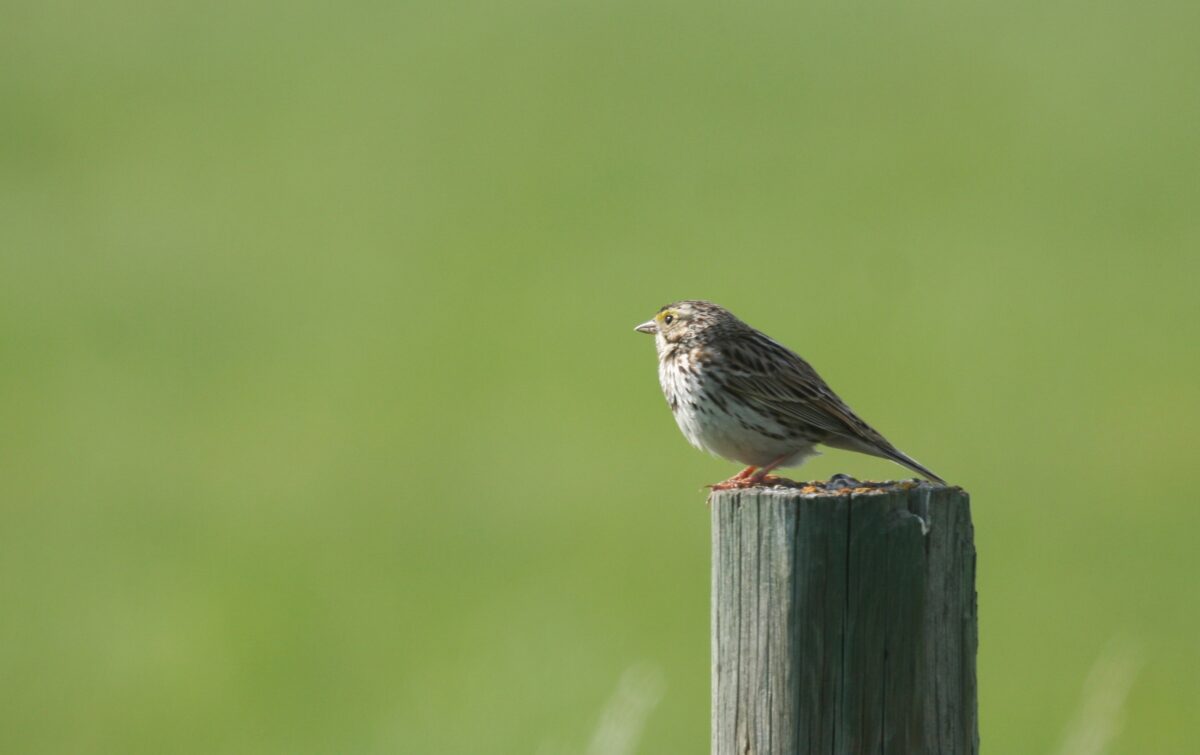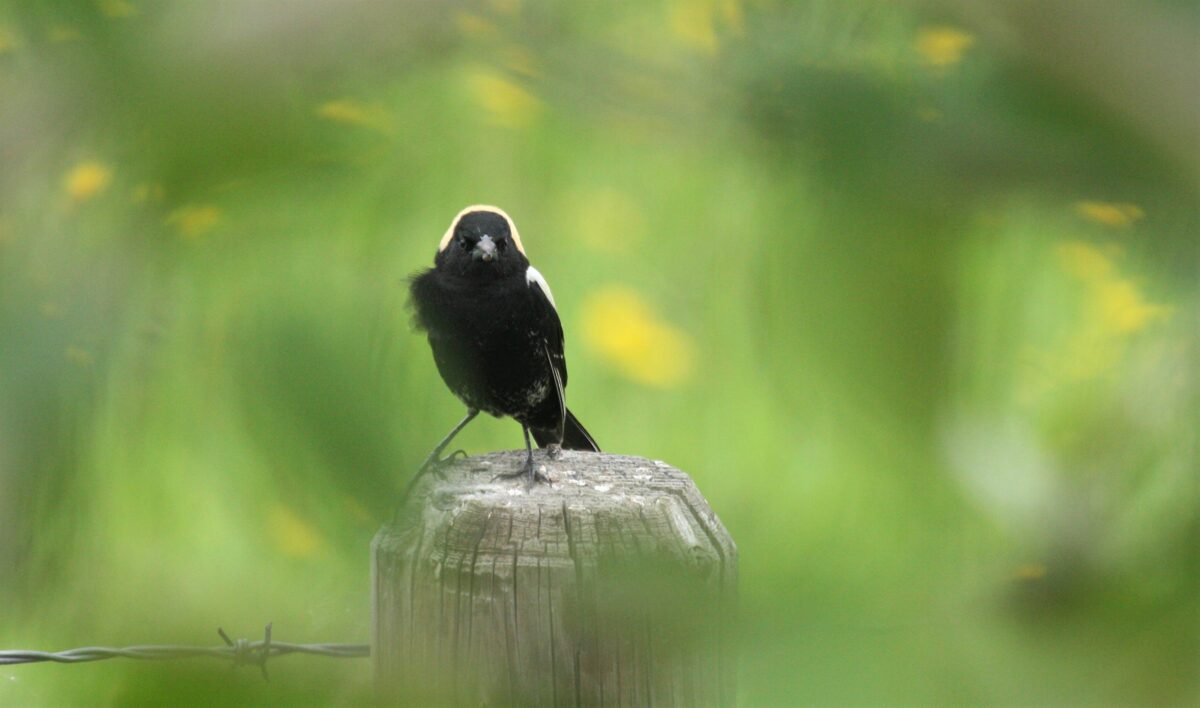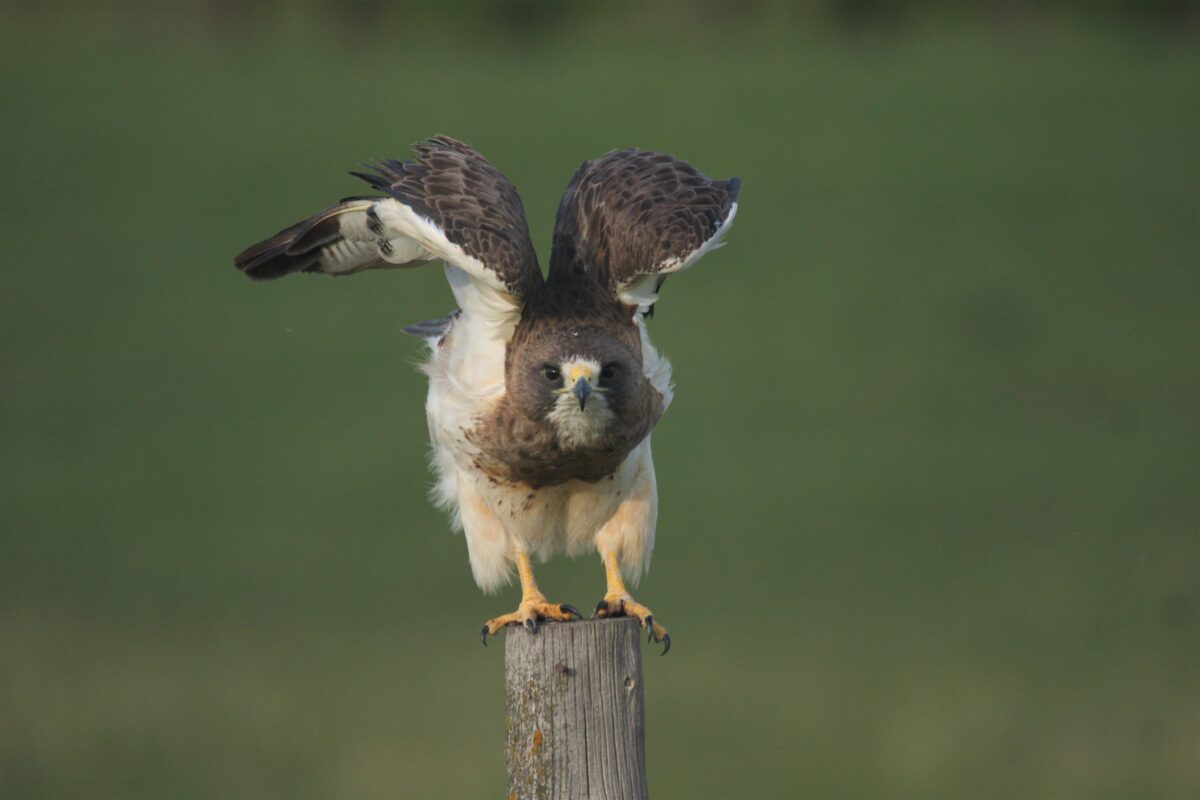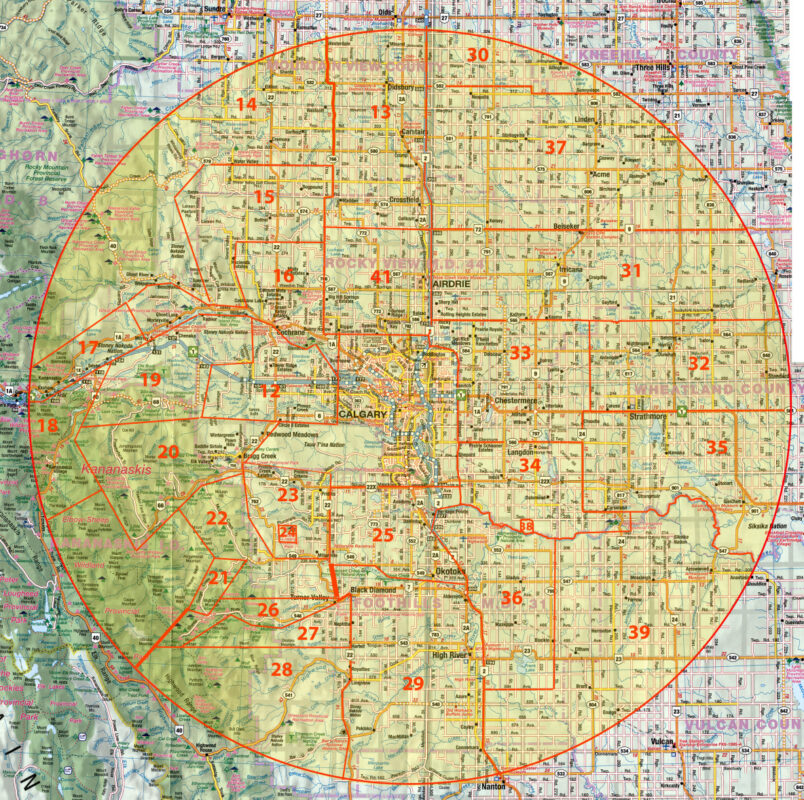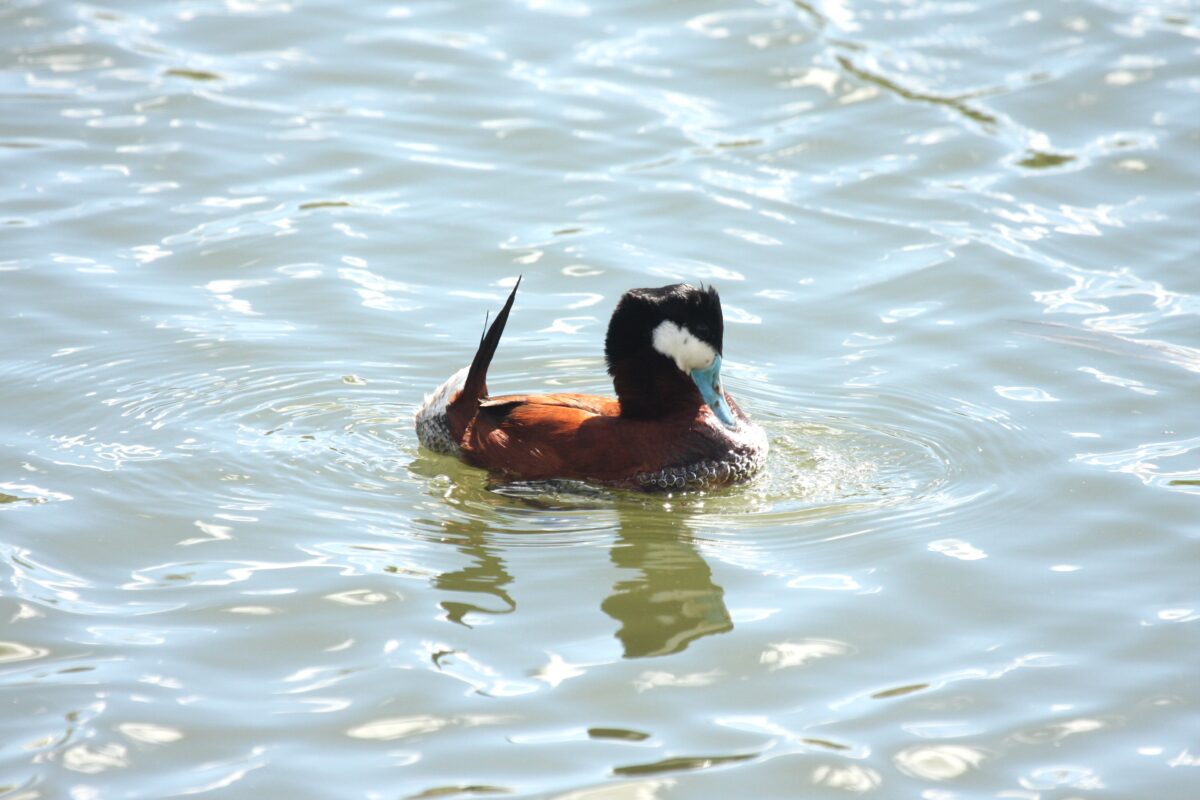29th Annual Festival is May 5-11 in Invermere, B.C.
One of the oldest and best nature festivals in western Canada takes place only a three-hour drive from Calgary, in and around Invermere, B.C. in the Columbia River Valley. People come from all over North America to attend this seven-day event. Ticket sales begin on April 8th, so read about the events below and plan your trip!
(Wings over the Rockies website and tickets here.)

Nurturing a Living Legacy with Nature for 28 years
The Wings over the Rockies Nature Festival, May 5 – 11, 2025, is based out of Invermere, BC. For 28 years, we have hosted a premier 7-day nature festival to celebrate the Upper Columbia Valley. Our mission is at the heart of everything we do: supporting and promoting conservation, education, stewardship, and sustainable economic development in our beautiful valley. This year’s festival features over 90 incredible events, including field excursions, engaging luncheon and evening presentations, our annual photo contest and an incredible online auction. Highlights also include a special film screening of the documentary “Wildflowers”, the much-anticipated music event with multi-award-winning Canadian legend Harry Manx, and our traditional Gala Celebration—a sit-down dinner and presentation featuring keynote speaker Dr. Rob Butler, renowned ornithologist, author, and artist.

What we do together matters
Last year, the non-profit Wings over the Rockies Nature Festival Society, through the Columbia Valley Foundation, created the Ross MacDonald Memorial Legacy Fund. This legacy fund provides funding for projects in the Columbia Valley that support community environmental education and/or land-based conservation such as habitat restoration, maintaining or improving ecological conditions, or species at risk protection. Each year, the success of our festival, in part, contributes to this important legacy fund.

The 2025 Theme
This year our events will center around the theme “Our Place in Nature.” Through thought-provoking presentations, immersive field experiences, and inspiring discussions, our keynote speaker, presenters, and field leaders will guide attendees in celebrating the wonders of nature while deepening our understanding of our place within it. Together, we’ll explore perspectives that connect us to our diverse cultures, rich histories, and our shared responsibility for the planet we call home.
The 2025 online Events Calendar preview is now active. On-line ticket sales will begin April 8, 10:00 AM MDT. www.wingsovertherockies.org.
Come join like-minded lovers of nature and enjoy the wonders of the Upper Columbia Valley.

